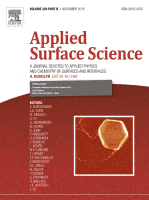
Jordi Rull, Guillaume Nonglaton, Guillaume Costa, Caroline Fontelaye, Caroline Marchi-Delapierre, Stéphane Ménage, Gilles Marchand
Abstract
The functionalization of silicon oxide based substrates using silanes is generally performed through liquid phase methodologies. These processes involve a huge quantity of potentially toxic solvents and present some important disadvantages for the functionalization of microdevices or porous materials, for example the low diffusion. To overcome this drawback, solvent-free methodologies like molecular vapor deposition (MVD) or supercritical fluid deposition (SFD) have been developed. In this paper, the deposition process of 3,4-epoxybutyltrimethoxysilane (EBTMOS) on silicon oxide using supercritical carbon dioxide (scCO2) as a solvent is studied for the first time. The oxirane ring of epoxy silanes readily reacts with amine group and is of particular interest for the grafting of amino-modified oligonucleotides or antibodies for diagnostic application. Then the ability of this specific EBTMOS layer to react with amine functions has been evaluated using the immobilization of amino-modified oligonucleotide probes. The presence of the probes is revealed by fluorescence using hybridization with a fluorescent target oligonucleotide. The performances of SFD of EBTMOS have been optimized and then compared with the dip coating and molecular vapor deposition methods, evidencing a better grafting efficiency and homogeneity, a lower reaction time in addition to the eco-friendly properties of the supercritical carbon dioxide. The epoxysilane layers have been characterized by surface enhanced ellipsometric contrast optical technique, atomic force microscopy, multiple internal reflection infrared spectroscopy and X-ray photoelectron spectroscopy. The shelf life of the 3,4-epoxybutyltrimethoxysilane coating layer has also been studied. Finally, two different strategies of NH2-oligonucleotide grafting on EBTMOS coating layer have been compared, i.e. reductive amination and nucleophilic substitution, SN2. This EBTMOS based coating layer can be used for a wide range of applications such as the preparation of new supported and recoverable catalysts and new integrated silicon microdevices for healthcare purposes.
https://www.sciencedirect.com/science/article/abs/pii/S0169433215015160
Related Compounds
